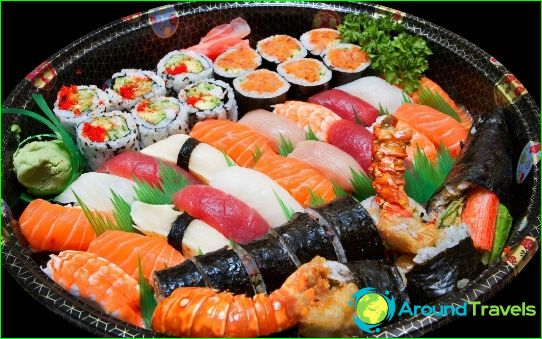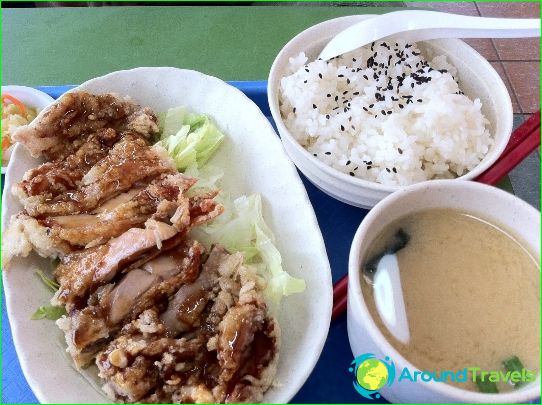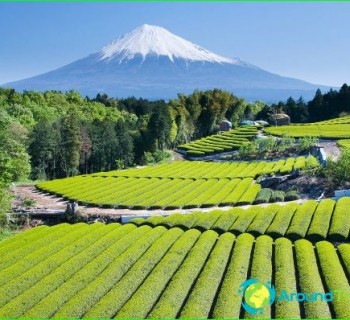Japanese Dishes

Japanese cuisine is considered one of the most original in the world. Its features lie in the specifics of the choice of products, as well as in the table setting. For the Japanese, the seasonality of products, external beauty and portions matter. Serving is the most important section of cooking.
Features of cooking
Japanese dishes always reflect the seasons. According to the local population, each season has its own delicacies. The freshness and seasonality of food is highly valued by the Japanese. The amount of food served on the table is small. In Japan, it is not customary to eat in large portions. Dishes are eaten in such a way as to avoid oversaturation. The main focus is on the variety of products and the method of preparation. A traditional meal consists of an abundance of small dishes with various products. An aristocratic meal usually consisted of about 20 different miniature dishes. The national cuisine lacks the concept of a main dish. The Japanese also do not divide food into soups, first, second, cold and hot meals. They distinguish between the beginning, middle and end of the meal. You can start your lunch with any dish. At the same time, green tea is always present on the table..
Seafood and fish
Japan is an island state. The sea is full of various fish. There are molluscs and crustaceans off the coast. Therefore, seafood and various fish are the basis of food for the inhabitants of the country. The Japanese also consume sea herbs and seaweed. They distinguish over 10 thousand sea animals, most of which are considered edible. Seafood is not fried with them, they are brought to half-cooked, frying, or steamed. Seafood is served almost raw on the table. Seasonal raw fish is a popular holiday food. Semi-raw seafood retains the maximum amount of beneficial properties. As a preventive measure, the fish is pre-soaked in vinegar. A common dish in Japan is sashimi - raw fish cut into slices. It is customary to eat sashimi with wasabi and soy sauce. Many fish dishes in Japan are widely known worldwide. These include sushi (sushi). This dish has a pleasant taste and a low price. In some cases, seafood is consumed not only raw, but also alive. Such foods are indicated «odori». The Japanese eat live squid and perch. First, the perch is scalded with boiling water, seasoned with sauce, cut into pieces and started to eat, despite the fact that the fish is still alive.



